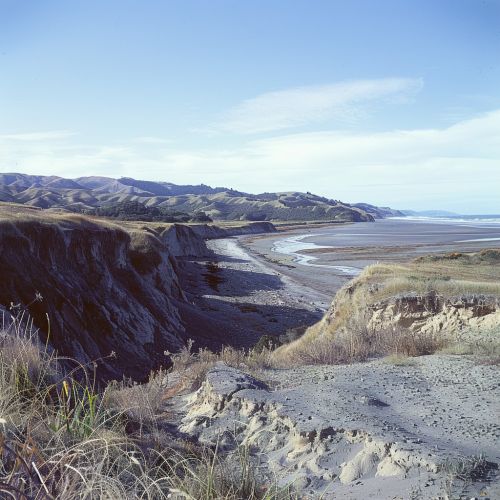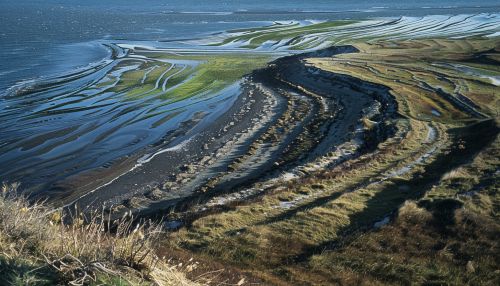Post-glacial rebound
Introduction
Post-glacial rebound, also known as isostatic rebound, is a geological phenomenon that occurs when ice sheets recede, and the land beneath them begins to rise. This process is a direct result of the removal of the immense weight of the ice, which had been pressing down on the Earth's crust. The land's rise is a slow and ongoing process that can continue for thousands of years after the ice has melted.
Mechanism of Post-glacial Rebound
The Earth's lithosphere, which includes the crust and the uppermost part of the mantle, is not a rigid shell, but rather a series of tectonic plates that float on the semi-fluid asthenosphere beneath. When a large mass, such as an ice sheet, forms on the surface of the Earth, the lithosphere is depressed into the asthenosphere. This is known as glacial isostasy.


When the ice melts, the weight on the lithosphere is reduced, and the land begins to rise in a process known as isostatic rebound. However, the asthenosphere, which has been displaced by the weight of the ice, does not immediately return to its original position. Instead, it flows slowly back under the rising lithosphere, a process that can take thousands of years.
Effects of Post-glacial Rebound
The effects of post-glacial rebound can be seen in various forms around the world. One of the most visible signs of this process is the presence of raised beaches. These are areas of land that were once at sea level but have risen due to post-glacial rebound. Other signs include the formation of proglacial lakes, changes in river courses, and the uplift of previously submerged land.
In addition to these physical changes, post-glacial rebound can also have significant effects on local ecosystems. As the land rises, habitats can change dramatically, affecting the species that live there. For example, as land rises and drains, marshy areas can become forested, leading to shifts in the types of animals and plants that can survive in that area.
Furthermore, post-glacial rebound can have significant implications for human activities. For instance, as the land rises, it can affect the depth of harbors, potentially making them unusable for large ships. Additionally, changes in the land can affect infrastructure such as roads and buildings, which may need to be relocated or redesigned to accommodate the changing landscape.
Measurement and Study of Post-glacial Rebound
The study of post-glacial rebound involves various scientific disciplines, including geology, geophysics, and geography. Scientists use a range of techniques to measure and study this phenomenon. These include Global Positioning System (GPS) measurements, which can track the movement of the Earth's crust with high precision, and seismology, which can provide information about the structure and behavior of the Earth's interior.
Another important tool in the study of post-glacial rebound is the use of computer models. These models can simulate the behavior of the Earth's crust and mantle over thousands of years, allowing scientists to predict future changes and understand the factors that influence post-glacial rebound.
Conclusion
Post-glacial rebound is a fascinating and complex geological process that continues to shape our planet long after the ice sheets have receded. Its effects can be seen in the landscape, ecosystems, and human activities, and its study provides valuable insights into the dynamic nature of the Earth's crust and mantle.
